Recently, I came across a grainy black and white TV snippet documenting the last strokes of the world’s longest canoe race. The 1967 Centennial Voyageur Canoe Pageant involved 10 teams in 25-foot voyageur canoes, hustling from Rocky Mountain House, Alberta, to Expo ‘67 in Montreal. That’s 3,283 miles on the water and 60 miles of portaging over 104 days. And, if that wasn’t enough, the race ended with a three-mile aerobic sprint on Regatta Lake.
At the time, this voyage—part pageant, part race—was one of the most successful national events to mark 100 years of Canadian confederation. It caught the attention of hundreds of thousands of people in communities along the route, and never more engagingly than for the throngs of people on the shores of Regatta Lake, who saw already buff and experienced marathon canoe racers put three grueling months of conditioning to the ultimate test.
With the crack of a shotgun, the team captains ran from positions off the beach, jumped into waiting canoes with teammates at the ready, and started digging—most crews at 90 to 100 strokes per minute. First across the line was the Pierre Radisson canoe from Manitoba, sterned by 27-year-old Flin Flon native Norm Crerar.
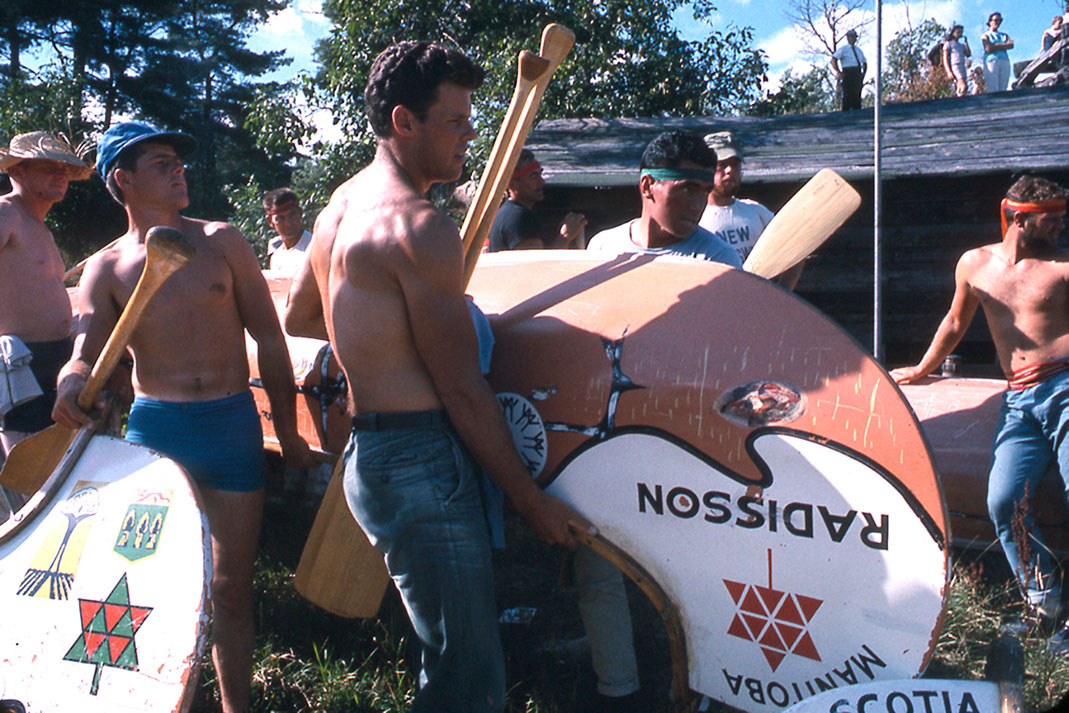
The Manitoba crew’s winning time for the entire race was 531 hours, six minutes and sixteen seconds, through waves, storms, winds, navigational hiccups, logistical snafus, and everything else the old voyageur route could throw at them as they traversed six provinces. It put their average sustained speed at just over six miles per hour and yet they were only a scant two hours ahead of the next team, even over all that time and distance.
I caught up by phone with with Crerar at his home in Vernon, B.C. He has since written a book about the race called Journals of the New Voyageurs. In 2010 he and his team—Blair Harvey, Gib McEachern, Joe Michelle, John Norman, Jim Rheaume, Wayne Soltys, Don Starkell (yes, that Don Starkell) and David Wells—were inducted in the Manitoba Sports Hall of Fame. About a third of the 100 paddlers from the pageant gathered at Rocky Mountain House in 1992 to mark the 25th anniversary of the race. And in 2017, on the 50th anniversary of their achievement, 22 of the old voyageurs joined a celebration at the nation’s capital.
“But what are you doing now?” I asked Crerar.
“Besides trying to organize a military tattoo in a pandemic and establishing a new international cross country ski classic, I’ve been tracking down where all the canoes are,” he replied. “After all, this was the mother of all canoe races. We’re in the Guinness Book of World Records, and this was one of the greatest spectacles the country has ever seen.”
“So… where are they?” I asked. And on he went, as full of verve and energy at 81 years old as he was on that day on Regatta Lake 54 years before.
Of the 10 canoes, three have gone to dust. Of the seven remaining, the William McGillivray is with the family of one of the paddlers from the Ontario brigade near Thunder Bay and is in serious need of a refit. The Saskatchewan crew’s Henry Kelsey is at the Western Development Museum in Saskatoon, and New Brunswick’s Samuel de Champlain is at the Woodsman’s Museum in Boisetown, on the Miramichi River.
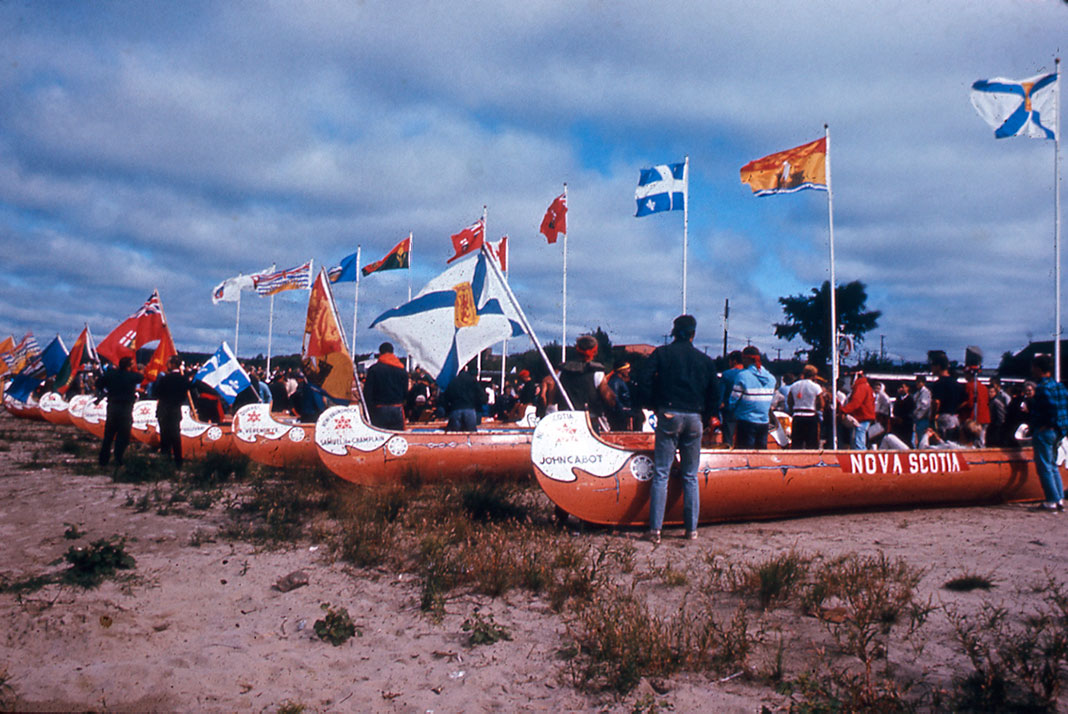
Interestingly, he continued, his voice brightening, the Yukon and Northwest Territories canoes are still in service for the big canoe program at a British Columbia middle school. And Alberta’s David Thompson canoe got installed in a ceremonial roadside shelter in Rocky Mountain House on the 25th anniversary of the pageant.
As for Crerar’s canoe—the Pierre Radisson—after a period of benign neglect at a Manitoba museum, it was acquired by the Fort Dauphin Museum, where it was totally refurbished and is now used ceremonially for fundraising canoe-a-thons.
“I’m happy about that,” he adds. “Except when they repainted the hull, after fixing the seats and gunwales, they used the color schemes and markings of the canvas-covered wooden North canoes from Fredericton used in the test races in 1964 and 1965. Which explains why a clunky 400-pound Cadorette voyageur canoe from Shawinigan, Quebec—which is what everyone had in ’67 because the prototype wooden canoes just didn’t stand up to race treatment—now says Chestnut on the side.”
“But other than that, it’s nice she’s still on the water and still going strong,” he adds.
Just like the man himself.

This article was first published in Paddling Magazine Issue 64. Subscribe to Paddling Magazine’s print and digital editions here, or download the Paddling Magazine app and browse the digital archives here.
James Raffan is an author, explorer and Director of External Relations at the Canadian Canoe Museum.
Childhood canoe pageant celebrities. Where are they now? | Photo: Glenn Fallis



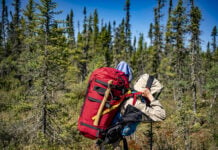
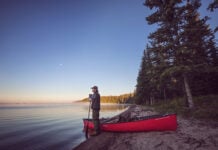
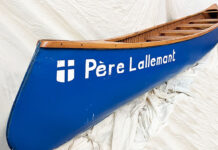
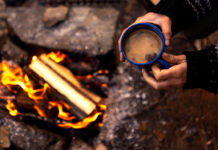

2022 May: This 1967 adventure of (mostly? exclusively?). ‘white males likely excluded the First Nations communities whose ancestors originated the watercraft, as well as visible minority Canadians?
The 67 Pageant followed a route that passed through many communities with strong First Nations/Metis populations (e.g. Cumberland House SK).
Yes, the paddlers were all male, as was the norm in those years.
I recall at least 13 First Nations/Metis/Inuit paddlers on the pageant, out of a total 90 paddlers, i.e. over 13 %. What percentage of the Canadian population did they comprise at the time? There was also a fellow of African descent on one team.
– Leigh Noton, member of the Saskatchewan team.
Do you remember the African Nova Scotian Alfie Warrington?